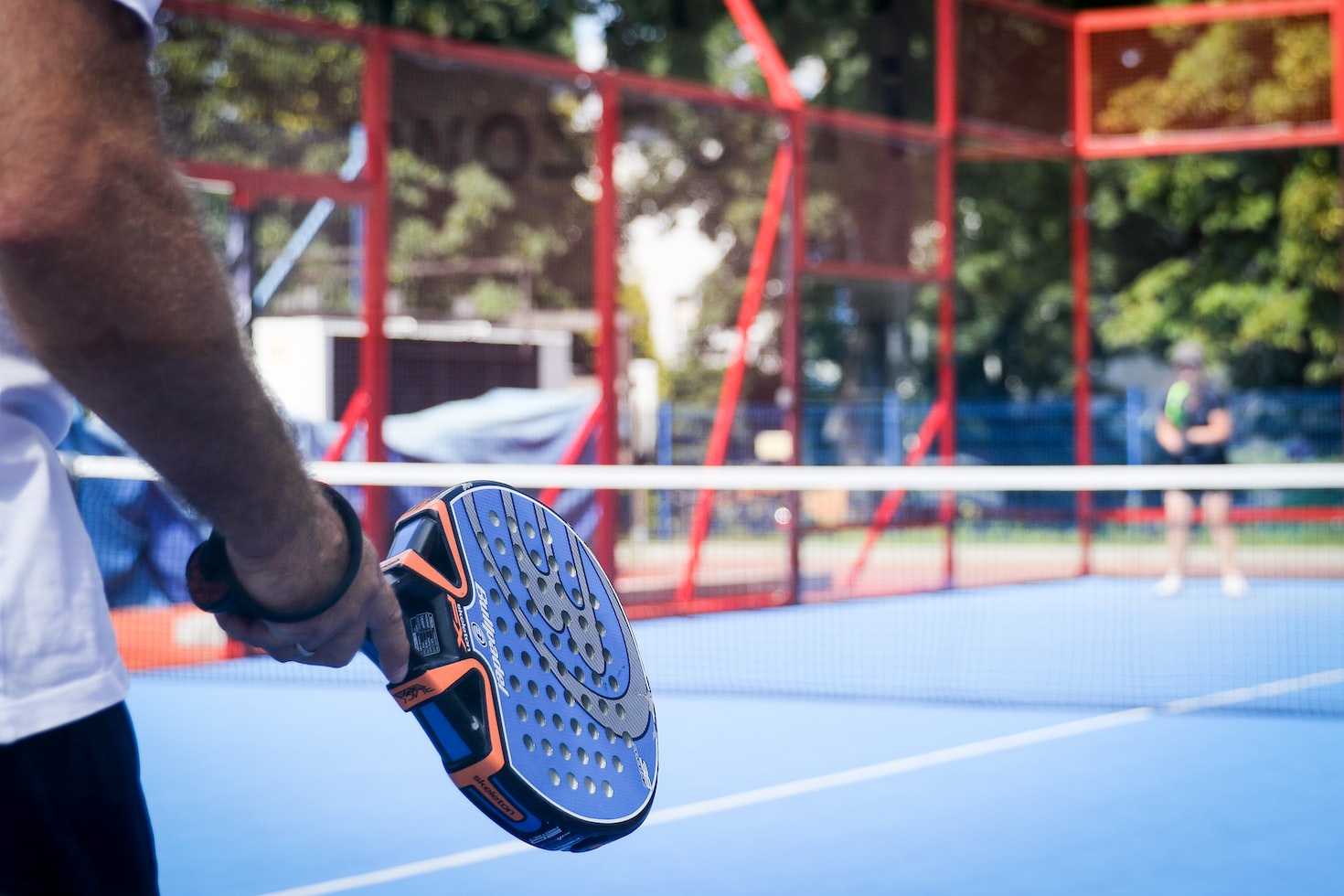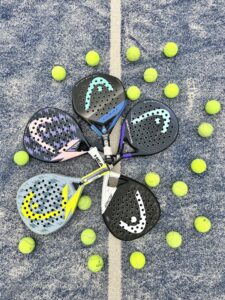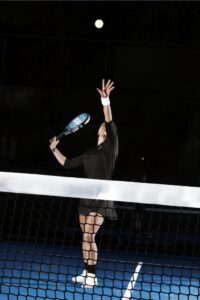Mastering the Padel Tennis Court Layout: A Comprehensive Guide
3 min read
Mastering the Padel Tennis Court Layout: A Comprehensive Guide
If you’re an avid fan of sports, then you must have heard of Padel Tennis. This racquet sport has gained popularity in recent years, especially in Spain and Latin America. It’s easier to learn than traditional tennis and requires fewer physical demands. However, understanding the Padel Tennis court layout is crucial if you want to master the game.
In this comprehensive guide, we’ll go through everything you need to know about the Padel Tennis court layout. From the dimensions of the court to the different zones, you’ll have a complete understanding of the court’s design and layout.
Dimensions of the Court
The Padel Tennis court is smaller than a traditional tennis court. It measures 20 meters long and 10 meters wide, which is about one-third of the size of a tennis court. It’s surrounded by a 4-meter-high wire mesh fence on all sides, which is referred to as the “cage.” This fencing allows the ball to bounce off it and back into the court.
The court is divided into two halves by a net that’s 10 meters long and 0.88 meters high. The net divides the court into two service boxes and two sides for each player to defend.
The Different Zones of the Court
Like most racquet sports, the Padel Tennis court is divided into different zones. Understanding these zones is vital when playing Padel Tennis. Let’s take a look at them:
Service Area
Each side of the court has a service area. This area is marked by a “T” shape and a semicircle with a diameter of 6.95 meters. When serving, the player must drop the ball and hit it diagonally to the opponent’s service area. The serve must bounce within the service area and then over the net.
Volley Zone
The volley zone is the area closest to the net. It’s about 3 meters deep and is marked by a continuous line. This zone is where most of the action takes place in Padel Tennis.
Baseline Zone
The baseline zone is the area furthest from the net. It’s the area where the player stays when defending. The baseline zone is about 6 meters deep and is marked by a line.
Side Walls
Unlike traditional tennis, Padel Tennis utilizes the walls. The side walls are the two walls on each side of the court. When hitting the ball, players can use the walls to create angles and take their opponents by surprise.
Conclusion
Mastering the Padel Tennis court layout is essential if you want to improve your Padel Tennis game. Understanding the different zones of the court, their purpose, and how to use them can make a significant difference in your gameplay. Remember to practice regularly and always respect the rules and etiquette of the game. With these tips, you’ll be well on your way to becoming a Padel Tennis expert.
So, whether you’re a beginner or an experienced player, we hope this comprehensive guide has been helpful. Now, it’s time to grab your racquet, head to the court, and start practicing!







